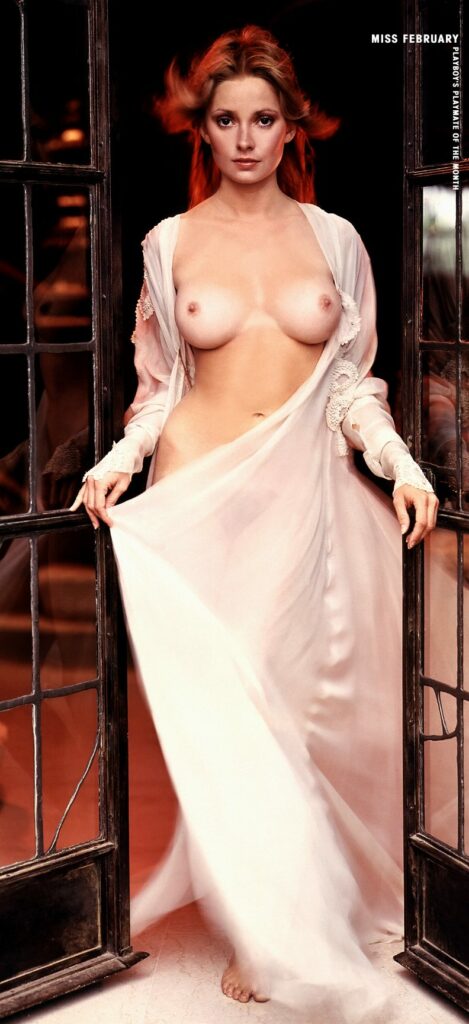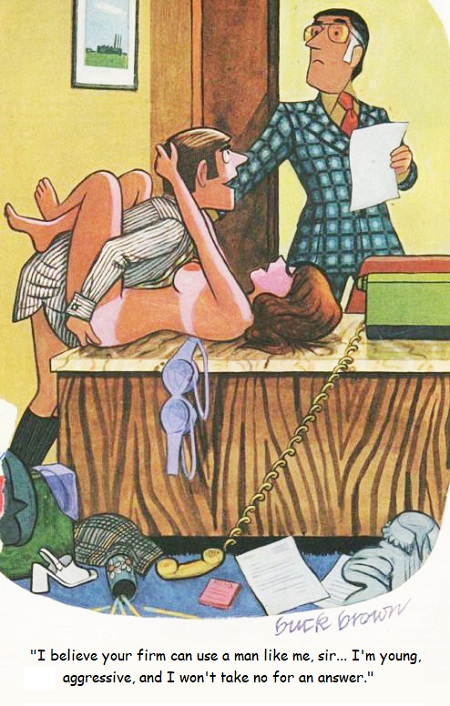Okay, here’s a place that for some reason has taken my imagination:

Another view:

It’s in England — it could only be in England in that location — and in the chilly north (York), which would make it even less desirable. Also, from its description it’s in terrible shape inside, and in typical Brit fashion it has only one bathroom, but ignore all that for the moment.
Like I said, for some reason it has a strange appeal for me. The “no neighbors” thing is one attraction, and yes, there will be terrible traffic noise so having a garden is not that much of an attraction. But it’s surely a better deal than one of the houses / apartments across the main road, which have all the same noise but not any privacy, with two shared walls and cramped living conditions.
Could you live in such a place, or is it the stuff of your nightmares?
I meant this to be posted yesterday, but in my sickened state I cocked up the date, so here it is.





































